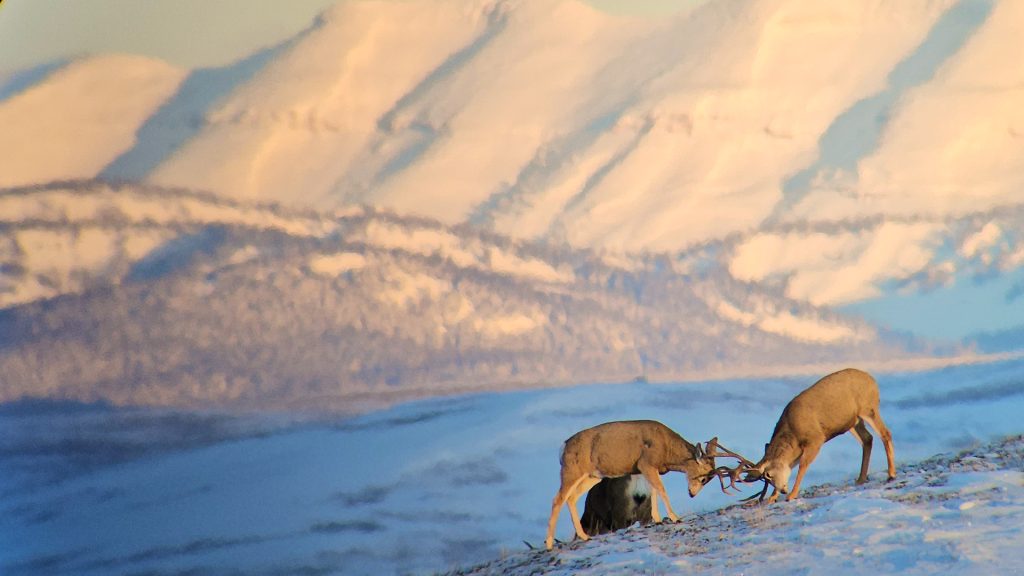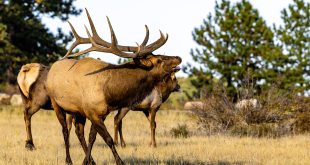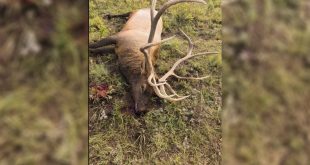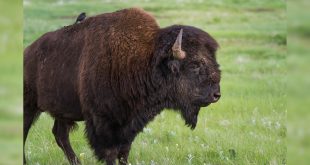
In my last article, I described Wyoming’s landowner tag debate as a crossroads—one that demanded careful balancing between respecting private stewardship and protecting public opportunity.
Now, after the Commission’s final decision to ratify the proposed changes to Landowner tags in Wyoming, the cart is moving down a path that may result in fewer tags for public draw hunters into the future.
Instead of giving a little and gaining a little in a system many felt had already tipped too far out of balance with public draw hunters, the Commission chose to expand landowner eligibility at yesterday’s meeting. In the draft regulations, there was an expansion of step-family as eligible, and for nonresident landowners to qualify for nonresident regional elk licenses without going through the public draw.
Moreover, landowners now will not need a Wyoming Game and Fish official to provide documentation of the 2,000 animal use days that serve as a requirement for the 160 contiguous acres they live on. While Wyoming Game and Fish had been understandably strapped for time to make these confirmations of animal use days, it’s now up to the proverbial “scouts honor” for landowners to prove the time animals are on their places.
Some quick math shows it only takes 6 animals living on a 160-acre parcel 365 days per year to qualify for a unit-wide landowner license. Or, in the case of wintering elk, a small herd of 25 cows from January through March qualify that landowner.
Landowner Licenses Are Underutilized – And That’s Where the Problem Lies
Nobody disputes that Wyoming’s landowners are vital partners in wildlife conservation. Their pastures and hayfields feed elk, deer, and antelope through brutal winters and hot-dry summers. The current system has long recognized that by providing landowner licenses as a form of incentive and recognition.
When the Wyoming Wildlife Task Force was assembled back in 2021, it wasn’t because everything was working perfectly. Quite the opposite: hunters, outfitters, small business owners, and landowners alike were aware that in some areas, landowner tags were consuming a disproportionate share of limited-quota licenses, squeezing out public hunters and turning what should be a fair draw into a stacked deck.
The Task Force worked out five widely-supported recommendations:
- Require at least 20% real ownership in the land to qualify (to reduce gaming the system through corporate shells).
- Crack down on subdivisions created solely to churn out more tags.
- Cap landowner tags at 20% of total quotas to protect public draw odds.
- Make landowners document their animal use days.
- Mandate periodic audits to confirm eligibility.
These weren’t radical. They were a set of modest guardrails to head off the biggest challenge of all – many more landowners can qualify for tags than use the system. The culture of the landowners I have met was one of moderate to low interest in hunting. Just like my grandfather who was a farmer and rancher, most of the old guard is more concerned with fixing fences or keeping the irrigation running than going and hunting on a Saturday.
It’s no secret the old-time Wyoming landowners and livestock produces are shifting to new-age ones with different goals. Whether resident or nonresident, these folks have more interest in keeping wildlife on their place than offering a balanced approach to make sure their cattle have feed and wildlife populations are managed. If the trend continues, as anyone would expect it to, more of these landowner tags will be applied for and divvied outside of the public draw that the rest of us rely on for hunting opportunity.
Granted, the changeover of new landowners for hunting and wildlife availability is not just a Wyoming problem, it’s west wide, and a nationwide. It’s important for the hunting community to understand what that means for their availability to chase game, not just today, but long into the future.
Balance Is Still Possible—Show Up and Work With Landowners
This isn’t an indictment of all landowners. Most are genuine folks making a living in one of the hardest ways possible who bear real costs and make real contributions to wildlife. As someone who grew up on a farm and works on private lands to this day, a lot of the very best people that I have met in my life are landowners, ranchers, and farmers. Heck, a local rancher gave me a little more than my asking price for my used Tacoma last summer as a nice gesture (I may have low-balled my listing price). I digress.
A tag system without sideboards or accountability is a system that fires up the public hunters and creates a bigger rift when these are the two entities who should be working together the most to keep our landscapes the way they are.
The Commission’s decision is disappointing, but it’s not the final word. If Wyoming hunters want to preserve an ethic of shared opportunity and keep hunting from becoming a purely transactional commodity, now is the time to work with the powers that be in Commissioners and neighbor landowners—not to walk away in frustration.
Wyoming has always been a state where landowners and public hunters found ways to work together. But that relationship only works when the scales stay somewhere near balanced. The best way to do that is to show up, work with people who may disagree, and find solutions that make sense.
 Eastmans' Official Blog | Mule Deer, Antelope, Elk Hunting and Bowhunting Magazine | Eastmans' Hunting Journals
Eastmans' Official Blog | Mule Deer, Antelope, Elk Hunting and Bowhunting Magazine | Eastmans' Hunting Journals




